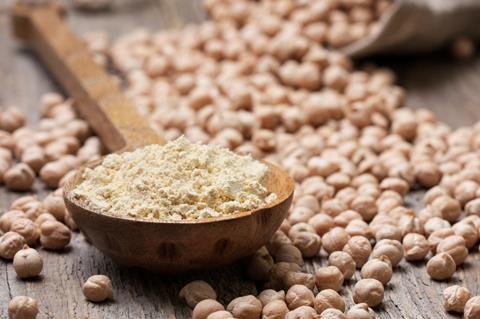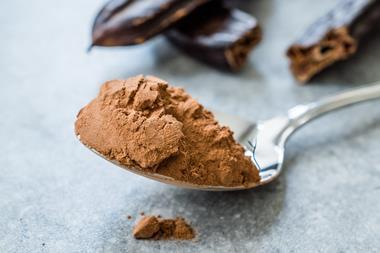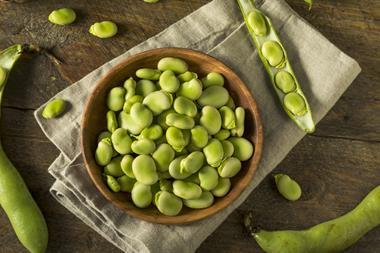
Scientists have developed a new method of adding chickpea flour to bread that means people feel fuller after eating it.
Eating pulses such as chickpeas, lentils and beans is known to have health benefits, but a lot of these are due to the pulses’ fibre structure and are reduced when they are milled.
Scientists say they have now developed a way to make whole cell flours that preserve the dietary fibre structure of the pulses.
Researchers from the UK-based School of Life Course & Population Sciences and the Quadram Institute looked at the effects of replacing regular wheat flour with ’cellular chickpea flour’ on feelings of fullness, fullness-regulating hormones, insulin and blood sugar levels.
The study, published in The American Journal of Clinical Nutrition, is the first of its kind and is based on the design of a new pulse ingredient that is now being commercialised for food industry use as Pulseon.
Scientists found that adding the whole cell chickpea flour to bread significantly increased the release of satiety signals from the gut to the brain, meaning people felt fuller after eating it.
Bread that was 30% cellular chickpea flour reduced blood glucose levels by as much as 40% compared to regular white wheat flour bread, which the study’s authors said was due to the slower breakdown of the starch in the cellular flour during digestion.
They added that results from the study showed switching to a cellular chickpea blend in commercial bread could improve feelings of fullness, and might help to avoid overeating. The use of cellular chickpea flour, which causes a lower spike in blood sugar levels, could also help to lower the risk of obesity and type 2 diabetes, they claimed.
The researchers pointed out that the study was carried out with healthy people, and that more research was needed to show whether regularly eating foods made with cellular chickpea flour can help in the management of healthy body weight or diabetes.
The researchers now want to set up larger scale trials to test this.
“We have long known that the structure of food can have a big impact on its nutritional value,” said the Quadram Institute’s Dr Cathrina Edwards, senior author of the paper.
“This study is a promising example of how new ingredient structures can be used successfully to improve the metabolic and fullness effects of everyday food products. We hope that our findings will attract interest from food producers looking to improve the health credentials of their products.”
































No comments yet